In the Pacific Northwest, Native Americans paint images of salmon on to stones. They say that if you rub those stones you will acquire the fish’s two great qualities: determination and energy. Not so long ago these communities’ diets consisted of more than 80 per cent salmon, and they believed it to be a wondrous thing that the migratory fish returned on the same week every year. They also believed they ‘owed the salmon respect and gratitude’ — and if they failed in this they might stop coming back.
In the 19th and 20th centuries their fears were realised. But it wasn’t Native Americans who were disrespectful to the once abundant salmon; it was those who came from Europe, with a wish to get rich and tame the wild. Mark Kurlansky’s book is an epic, environmental tragedy, with the salmon at its centre as the abused hero, and a long list of supporting characters, from Scottish fly fishermen to Japan’s indigenous Ainu people.
In a sense, the world is awash with salmon. In sushi bars and supermarkets, the fish is affordable fare; but there is an unseen ecological price. Almost all of these fish come from tightly packed, lice-ridden cages. Since 3500 BC, people have been tinkering with fish farming; but it was only in the 1970s, spurred by dwindling wild stocks, that salmon farming exploded. Currently, in Norway, there are ‘about 400 million farmed fish and only about 500,000 wild’. The picture is similarly destructive in Scotland and British Colombia.
The key charges the industry faces are that the waste is polluting, that parasitic lice in the cages latch on to passing wild fish, and that escapees breed with native stock, resulting in weak hybrids that seldom survive. Kurlansky sets fish farming as the denouement of man’s relationship with salmon. After centuries of ruining their habitat and overfishing, we’ve simply decided to start breeding them so we can eat them whenever we fancy, and in doing so we are destroying what naturally remains.
It’s sometimes said that salmon are a barometer for the health of the planet, and one of the great strengths of Kurlansky’s book is the way he links the fish’s plight to so many major environmental concerns. Salmon need cold water, and their decline is proportionate to rising sea temperatures as a result of global warming. Equally, due to snow melting, seas are becoming less salty, which confuses salmon, as they rely on naturally varying salinity to give them cues about when to spawn.
During the Industrial Revolution, rivers that once teemed with salmon, such as the Tyne and Clyde, were reduced to a fetid sludge of sewage and chemicals, devoid of oxygen and life. More recently, at the dawn of the electric age, ‘the white man’ in America started building hydro-electric dams. In the 1930s, President Roosevelt made his contribution by ordering the construction of the Grand Coulee and Bonneville dams, which gave his popularity a huge surge while bringing about the extinction of local salmon populations.
Kurlansky is at his best when illuminating the lives of people who have been disregarded in the name of progress. Across the world, salmon fishing communities have celebrated the opening of the new season. ‘In 1957, Tommy Thomson, the chief of the Wyams — said to be more than 100 years old — held the final first salmon ceremony at the Celilo Falls’, just before it was dammed, Kurlansky writes. To Thomson, the Falls represented a way of life that had sustained his people for 10,000 years; but to the government they were simply an irritation when trying to move goods down the Columbia River. On the day the dam was filled, ‘covering the islands, rocks and falls one by one’, Thomson and his people looked on and wept.
Culinary history is a recurring topic in Kurlansky’s award-winning books, and Salmon is garnished with some beguiling recipes. Sadly, I lacked the time to make pickled salmon heads, which are a favourite of the indigenous Russian Koryak people, so instead I tried ‘salmon mold’. In 1911 the recipe was included in Good Things to Eat, the first published cookbook by an African American. The author, Rufus Estes, writes that ‘canned salmon makes a delicious mold’. Canning in the early 20th century was a huge industry. On many rivers salmon were so abundant that more fish were caught than the indentured Chinese labourers could process, resulting in great quantities being left to rot — ‘a profoundly offensive sight to a Native American’. My mold, despite following Estes’s instructions closely, was not delicious.
The sorriest part of the story is that we’ve been aware of our environmental irresponsibility for centuries. In the 1860s Charles Dickens wrote about the threat to our rivers of ‘factory poison’; and in 1824, an obscure naturalist, J. Cornish, pronounced optimistically that ‘we will have no reason to complain of the scarcity of salmon’, but that ‘a little ingenuity is required’. He also noted the need for some ‘common honesty’.
Two hundred years on it seems these virtues have been trampled by economic development. Kurlansky makes it clear that even now we know what needs to be done to restore this totemic species — it is a list that involves many of the same things we need to do to save the planet — but sadly for the salmon, as well as us,our priorities lie elsewhere.
Got something to add? Join the discussion and comment below.
Get 10 issues for just $10
Subscribe to The Spectator Australia today for the next 10 magazine issues, plus full online access, for just $10.
You might disagree with half of it, but you’ll enjoy reading all of it. Try your first month for free, then just $2 a week for the remainder of your first year.

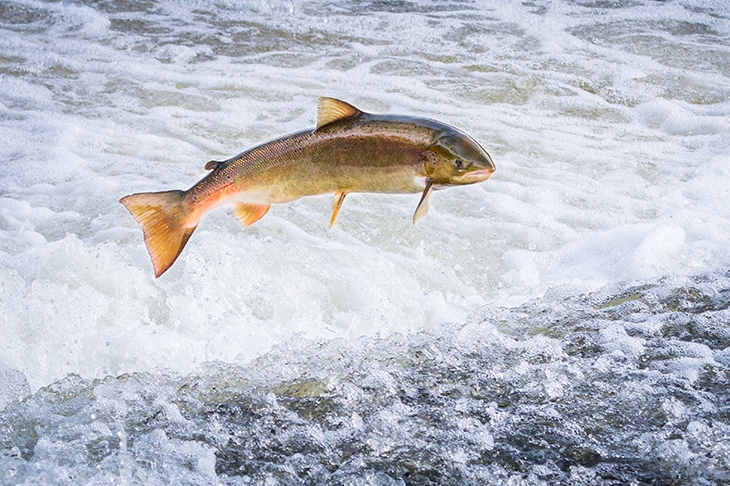
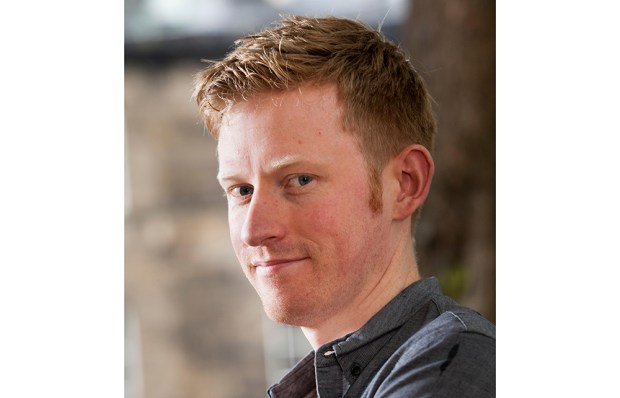
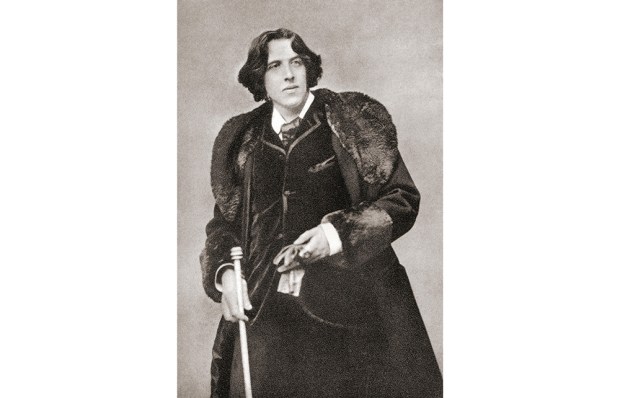
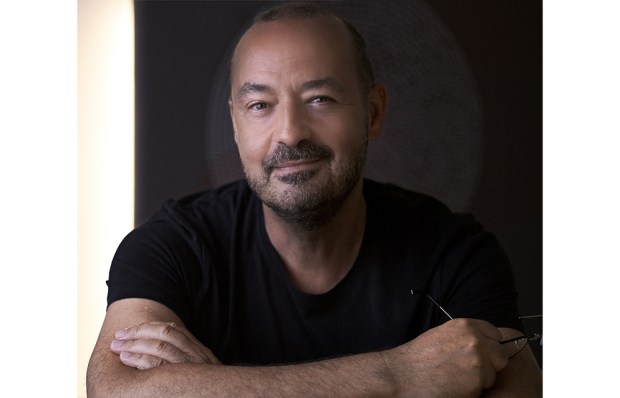
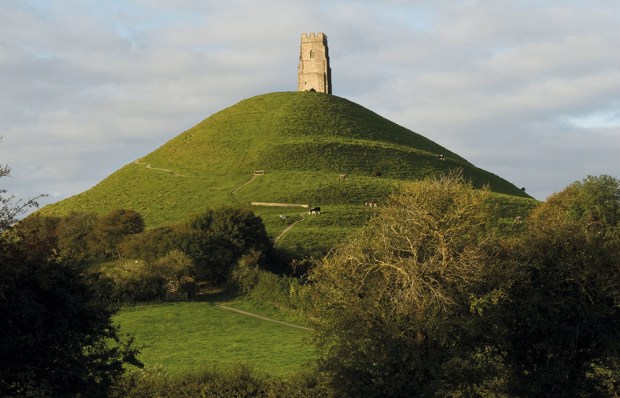
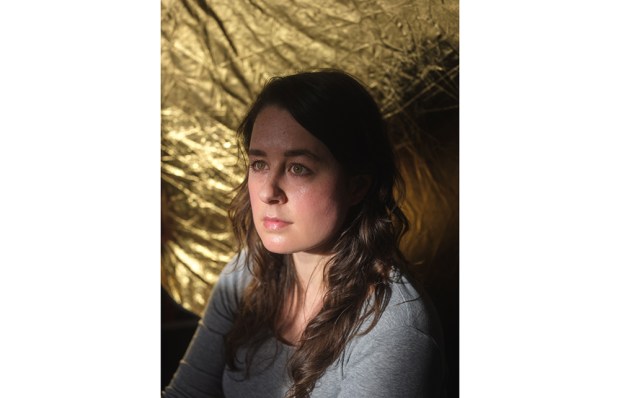







Comments
Don't miss out
Join the conversation with other Spectator Australia readers. Subscribe to leave a comment.
SUBSCRIBEAlready a subscriber? Log in